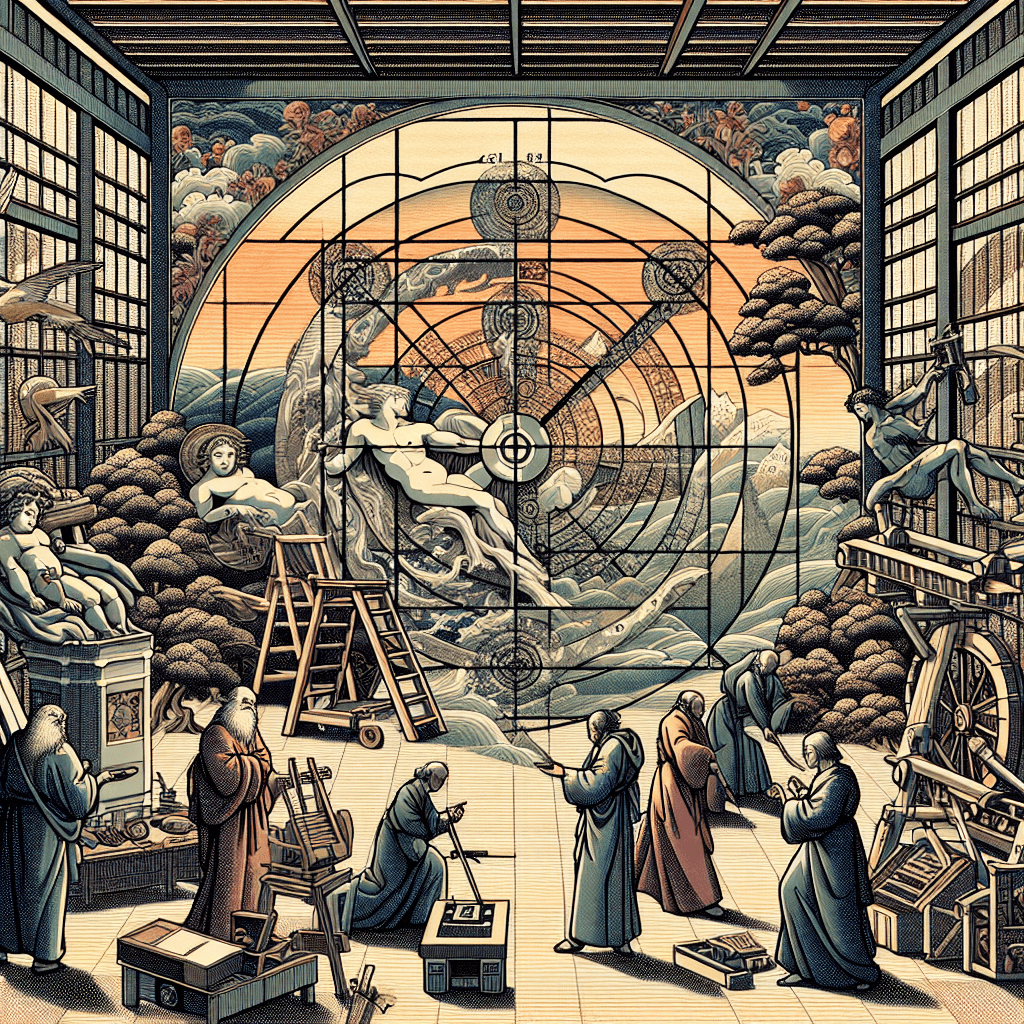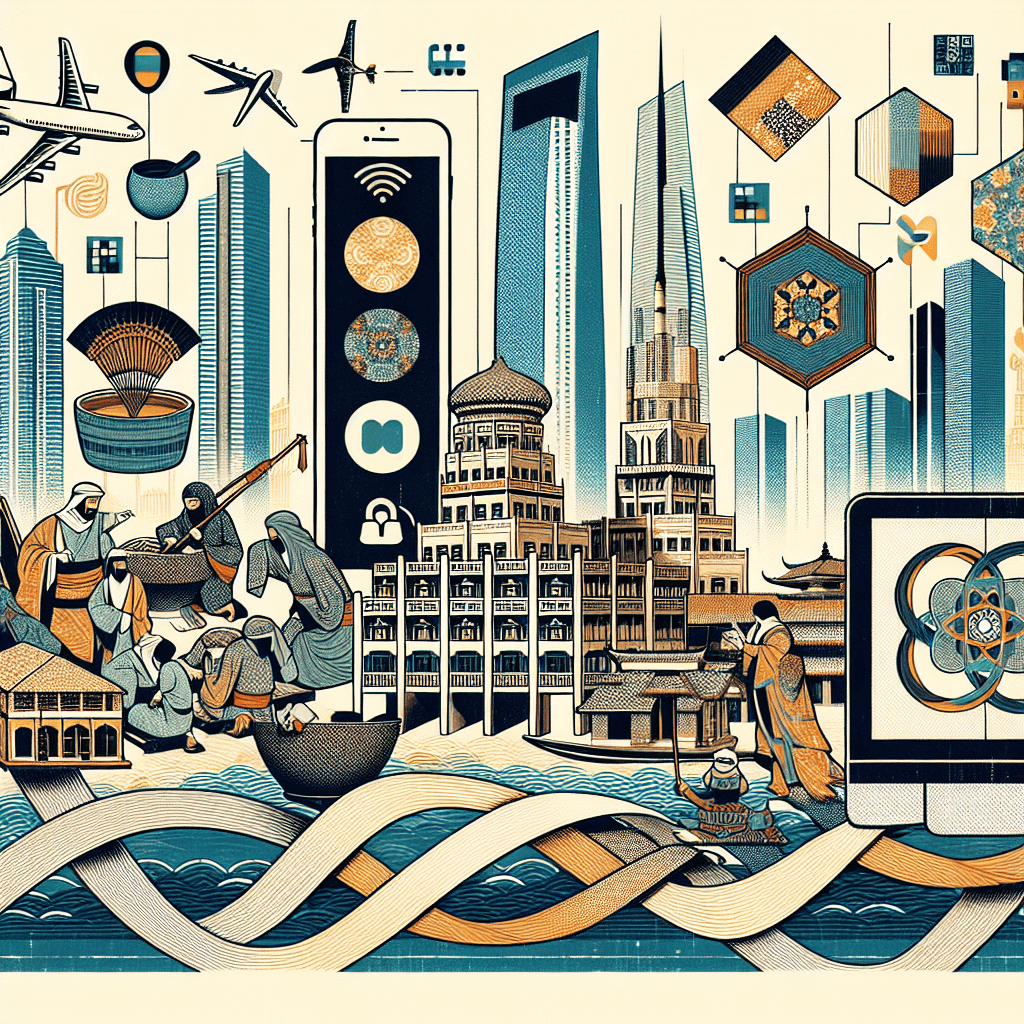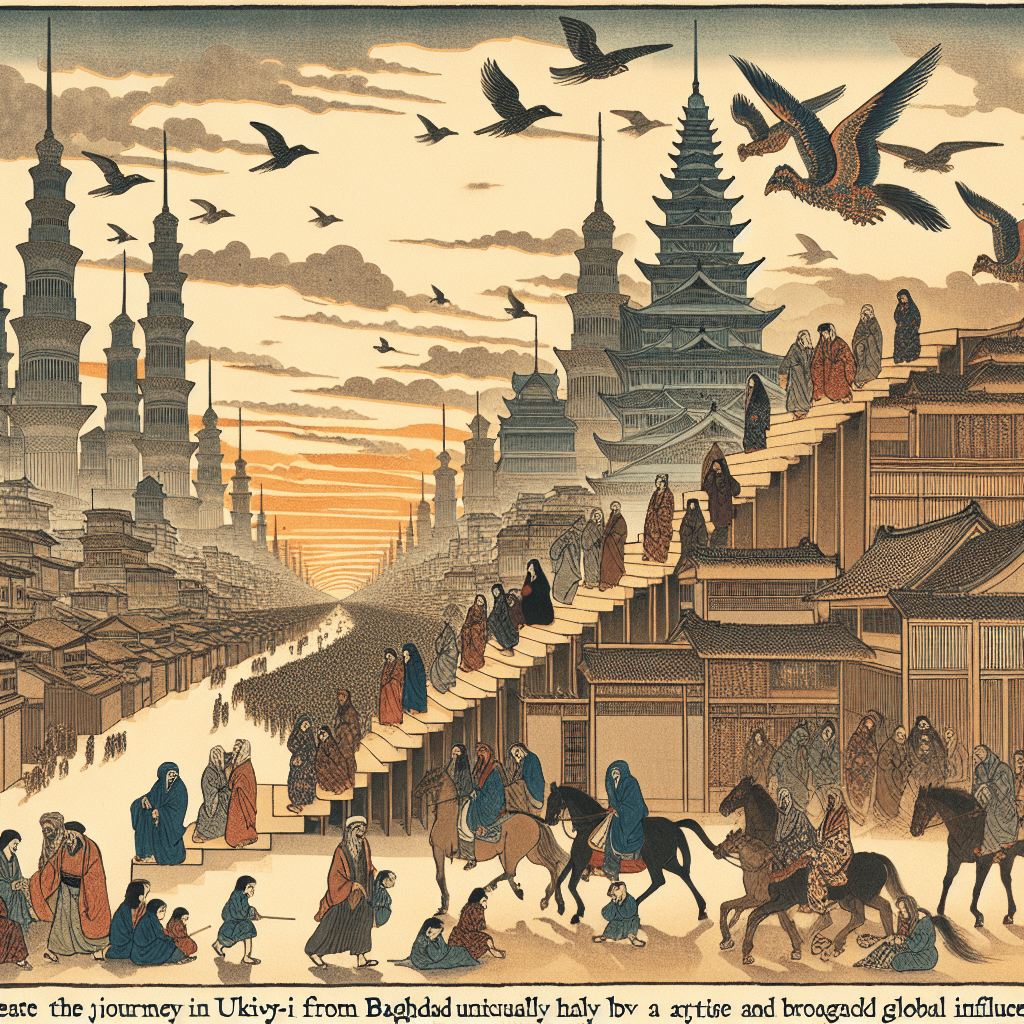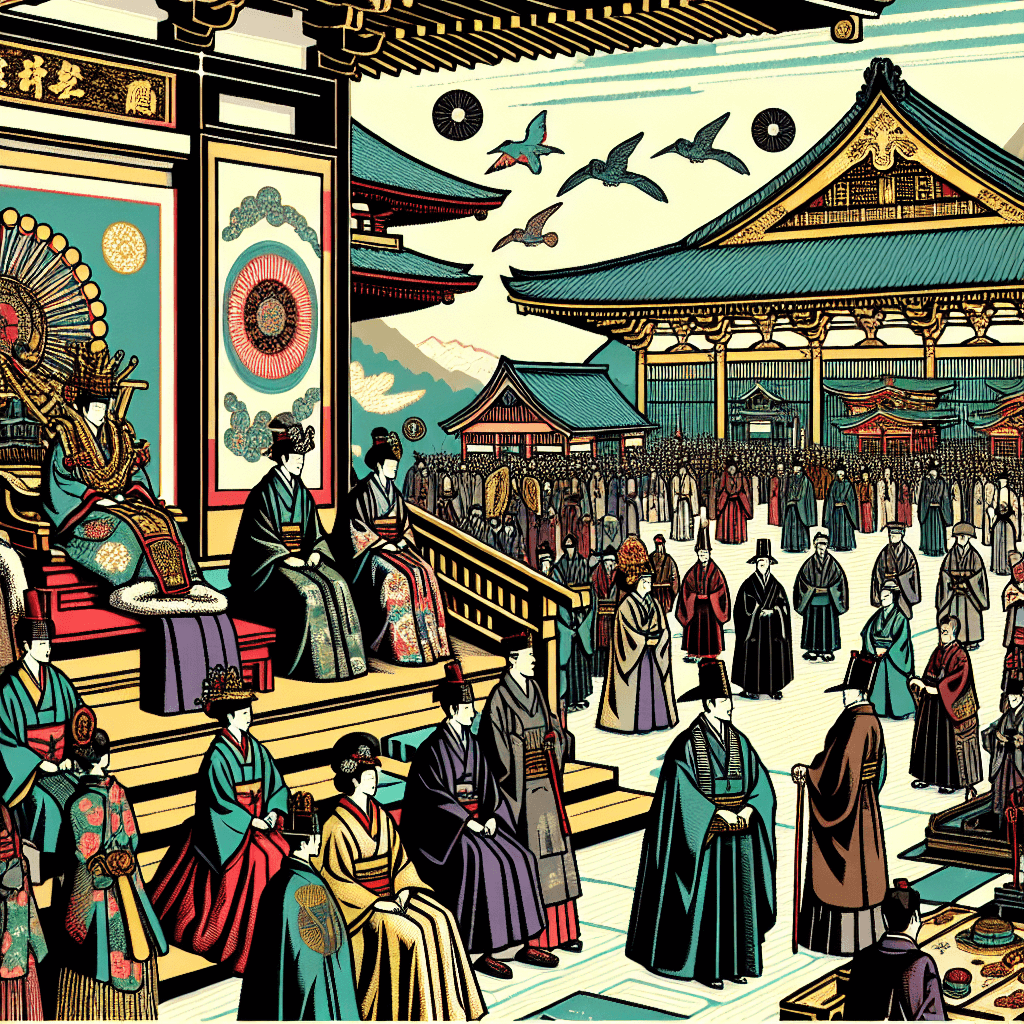The Renaissance Milieu: Setting the Stage for Leonardo da Vinci’s Genius
syndu | Feb. 20, 2025, 4:58 p.m.

The Renaissance Milieu: Setting the Stage for Leonardo da Vinci’s Genius
The late 15th century was a period of profound transformation in Europe, marked by a resurgence of interest in art, science, and humanism. This era, known as the Renaissance, laid the groundwork for a cultural revolution that would shape the modern world. At the heart of this movement were the cities of Florence and Milan, where political, economic, and cultural forces converged to create an environment ripe for innovation and creativity. It was within this vibrant milieu that Leonardo da Vinci emerged as one of history’s most extraordinary figures.
Florence: The Cradle of the Renaissance
Florence, often referred to as the cradle of the Renaissance, was a city of immense wealth and influence. Under the patronage of the powerful Medici family, Florence became a hub of artistic and intellectual activity. The Medici were not only political leaders but also great patrons of the arts, supporting artists, architects, and scholars who would go on to define the Renaissance.
The city’s thriving economy, fueled by banking and trade, provided the resources necessary to support a flourishing cultural scene. Florence was home to a vibrant community of artists and thinkers, including figures like Michelangelo, Botticelli, and Brunelleschi. It was in this dynamic environment that Leonardo da Vinci began his artistic journey, apprenticing under the renowned artist Andrea del Verrocchio. This apprenticeship provided Leonardo with a solid foundation in painting, sculpture, and the mechanical arts, setting the stage for his future innovations.
Milan: A Center of Power and Innovation
While Florence was the birthplace of the Renaissance, Milan played a crucial role in its spread and development. As a major political and economic center in northern Italy, Milan attracted artists and intellectuals from across Europe. The city was ruled by the Sforza family, who, like the Medici, were patrons of the arts and sciences.
Leonardo da Vinci moved to Milan in the early 1480s, seeking new opportunities and challenges. It was here that he entered the service of Ludovico Sforza, the Duke of Milan, who recognized Leonardo’s genius and provided him with the resources to pursue his diverse interests. During his time in Milan, Leonardo created some of his most famous works, including The Last Supper and the Vitruvian Man. He also engaged in scientific studies, exploring anatomy, engineering, and the natural world.
The Cultural Forces Shaping Creativity
The Renaissance was characterized by a renewed interest in classical antiquity, humanism, and the pursuit of knowledge. This intellectual climate encouraged a spirit of inquiry and experimentation, challenging traditional beliefs and fostering innovation. Artists and scientists were inspired to explore new techniques and ideas, leading to groundbreaking advancements in art, science, and technology.
In this context, Leonardo da Vinci’s insatiable curiosity and multidisciplinary approach set him apart.
He was not content to simply replicate the works of his predecessors; instead, he sought to understand the underlying principles of nature and apply them to his art and inventions. His notebooks, filled with sketches and observations, reveal a mind constantly seeking to unravel the mysteries of the world.
Conclusion
The Renaissance milieu of Florence and Milan provided the perfect backdrop for Leonardo da Vinci’s genius to flourish. The convergence of political power, economic prosperity, and cultural patronage created an environment where creativity and innovation could thrive. As we explore Leonardo’s life and works, we gain a deeper appreciation for the cultural forces that shaped his extraordinary contributions to art and science. The Renaissance was not just a period of artistic achievement; it was a time of profound transformation that laid the foundation for the modern world, with Leonardo da Vinci standing as one of its most iconic figures.


